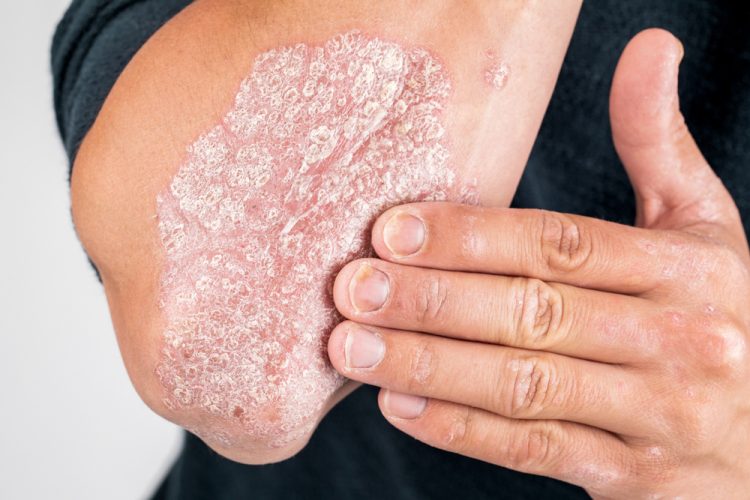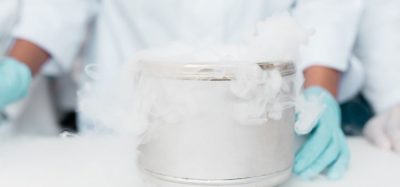Sonelokimab shows promise in Phase II psoriasis trial
Posted: 7 May 2021 | Hannah Balfour (European Pharmaceutical Review) | No comments yet
In the trial, 57 percent of patients with moderate to severe psoriasis treated with 120mg of sonelokimab achieved total skin clearance in 24 weeks.


New Phase IIb data shows the highest dose of MoonLake Immunotherapeutics’ Tri-specific Nanobody® sonelokimab was able to induce total skin clearance in 57 percent of patients with moderate to severe psoriasis. According to MoonLake, not only did sonelokimab show impressive efficacy, it also had a favourable safety profile and numerically outperformed the trial’s active control, secukinumab. The results of the trial were published in The Lancet.
Sonelokimab is an investigational interleukin 17 (IL-17)A/IL-17F inhibitor with an albumin binding site which is being developed as a treatment for inflammatory skin and joint diseases. According to its developers, it has the potential to facilitate deep tissue penetration in the skin and joints and has clinically demonstrated potential to allow better disease control in dermatology and rheumatology patients.
The randomised, double-blind, placebo controlled, multi-centre Phase IIb study, assessed the safety, efficacy and tolerability of sonelokimab in 313 adult patients (aged 18 to 75 years) with moderate-to-severe chronic plaque-type psoriasis for at least six months. Participants had an Investigator Global Assessment (IGA) score ≥3, involved body surface area ≥10 percent and Psoriasis and Severity Index (PASI) ≥12 at screening and at baseline. Patients were randomised to one of four dose regimens of sonelokimab (30mg, 60mg, 120mg normal load or 120mg augmented load), placebo or active control (300mg secukinumab, the reference arm).
In the study, sonelokimab dosages up to 120mg showed rapid and significant clinical benefit compared with placebo. At week 12, none of the 52 participants in the placebo group had an IGA score of 0 or 1, versus 48 percent of sonelokimab 30mg participants, 84.6 percent of sonelokimab 60mg participants, 77.4 percent of sonelokimab 120mg normal load patients and 88.2 percent of sonelokimab 120 g augmented load participants. At the same timepoint, 77.4 percent of the secukinumab 300mg group has an IGA score of 0 or 1.
In the highest sonelokimab dosage group, 57 percent achieved total skin clearance (PASI 100 response) after 24 weeks. Rapid response was demonstrated with a third of patients achieving almost clear skin (PASI 90 response) by week four. Additionally, analysis of an individualised dosing scheme, including off-drug periods in controlled patients, revealed durable responses over one year.
Sonelokimab was generally well tolerated, with a safety profile similar to the active control, the most common adverse event was oral Candida, with a rate of 7.4 percent, in the same range as IL-17A inhibitors. Although the highest dosage and schedule could be used for future clinical studies, the company said that additional assessment and modelling may be used to determine the final selection of optimal dosage and schedule for further trials.
Investigator Dr Kristian Reich, Chief Scientific Officer and co-founder of MoonLake Immunotherapeutics, commented: “Sonelokimab is a remarkable nanobody with game-changing potential in the treatment of a range of IL-17A/F-driven inflammatory diseases. This study shows very high response levels in the model disease psoriasis, with a favourable benefit-safety profile. MoonLake’s aim is to also accelerate sonelokimab’s development in other inflammatory diseases driven by IL-17A and IL-17F like psoriatic arthritis, ankylosing spondylitis and hidradenitis suppurativa. Our aim is to elevate treatment goals in these diseases based on the unique characteristics of sonelokimab, giving patients with common and burdensome skin and joint conditions a chance of better disease control.” MoonLake said it plans to initiate multiple Phase II trials in these indications soon.
Related topics
Biologics, Clinical Trials, Drug Development, Drug Safety, Drug Targets, Immunotherapy, Research & Development (R&D), Therapeutics









